On-page SEO (Search Engine Optimization) refers to the optimization of individual web pages to improve their visibility and ranking on search engine results pages (SERPs). It involves optimizing various elements on a webpage to make it more relevant, accessible, and user-friendly for both search engines and users. Effective on-page SEO can contribute to better search engine rankings and increased organic traffic. Here are key aspects of on-page SEO and how you can implement them:
1. Keyword Research
- Identify relevant keywords related to your content and target audience.
- Use tools like Google Keyword Planner or other SEO tools to find keywords with a good balance of search volume and competition.
2. Title Tags
- Craft unique, descriptive, and compelling title tags for each page.
- Include the primary keyword naturally within the title tag.
3. Meta Descriptions
- Write concise and engaging meta descriptions that summarize the page content.
- Include the primary keyword to increase relevancy.
4. URL Structure
- Create SEO-friendly URLs that are concise, descriptive, and include the target keyword.
- Avoid using dynamic parameters and unnecessary symbols.
5. Header Tags (H1, H2, H3, etc.)
- Use header tags to structure content hierarchically.
- Include the primary keyword in the main heading (H1) and use subheadings as needed.
6. Keyword Placement
- Naturally incorporate target keywords in the content, especially in the first paragraph.
- Avoid keyword stuffing, and focus on providing valuable, readable content.
7. Image Optimization
- Optimize images by using descriptive file names and alt attributes.
- Compress images to improve page load speed.
8. Internal Linking
- Include relevant internal links to other pages on your website.
- Use descriptive anchor text that provides context.
9. Content Quality
- Create high-quality, relevant, and valuable content for users.
- Ensure content is well-written, informative, and answers user queries.
10. Page Load Speed
- Optimize images, use browser caching, and employ content delivery networks (CDNs) to improve page load speed.
- Faster-loading pages enhance user experience and can positively impact search rankings.
11. Mobile Optimization
- Ensure your website is mobile-friendly and provides a good user experience on various devices.
- Google considers mobile-friendliness as a ranking factor.
12. Schema Markup
- Implement schema markup to provide additional context to search engines about your content.
- This can enhance the appearance of your snippets in search results.
13. Social Meta Tags
- Optimize social meta tags to control how your content appears when shared on social media platforms.
14. User Experience (UX)
- Prioritize a positive user experience, including clear navigation, readable fonts, and intuitive design.
15. Regular Content Updates
- Keep content up-to-date and relevant. Regularly update and refresh your content to maintain its usefulness.
16. SSL Encryption
- Secure your website with HTTPS, as Google considers it a ranking factor.
By focusing on these on-page SEO elements, you can enhance the visibility and relevance of your web pages, making them more attractive to both search engines and users. Regularly monitor and analyze your website’s performance using analytics tools to refine your on-page SEO strategy over time.
Conclusion of On Page SEO
In conclusion, on-page SEO is a critical component of any digital marketing strategy, influencing the visibility and ranking of web pages on search engine results pages (SERPs). The key takeaway points regarding on-page SEO include:
- Relevance and User-Centric Approach:
- On-page SEO is not just about pleasing search engines; it’s about providing value to users. Relevance and user-centric content should be the primary focus.
- Keyword Optimization:
- Conduct thorough keyword research and strategically incorporate target keywords into essential elements such as title tags, meta descriptions, headers, and content.
- Content Quality and Freshness:
- High-quality, informative, and regularly updated content is crucial. It not only attracts users but also signals to search engines that the content is current and relevant.
- Technical Optimization:
- Technical aspects, such as URL structure, page load speed, mobile optimization, and SSL encryption, play a crucial role in providing a positive user experience and influencing search rankings.
- Structured Markup and Social Meta Tags:
- Implementing structured markup, such as schema.org, and optimizing social meta tags can enhance the appearance of search results and improve click-through rates.
- Internal Linking:
- Internal linking helps create a logical site structure, guiding users to relevant content, and distributing link equity across the site.
- Multimedia Optimization:
- Optimize images with descriptive alt text and filenames. Multimedia elements, when optimized, contribute to a more engaging user experience.
- Regular Monitoring and Adaptation:
- Regularly monitor website performance using analytics tools. Analyze user behavior, page rankings, and other metrics to adapt and refine on-page SEO strategies over time.
- Security and HTTPS:
- Ensure the security of your website by implementing HTTPS. Google considers secure websites as a positive ranking factor.
- Holistic User Experience:
- The overall user experience, including design, navigation, and readability, contributes to the success of on-page SEO efforts. A positive user experience enhances the likelihood of user engagement and conversions.
By combining these on-page SEO strategies, website owners and digital marketers can create web pages that are not only optimized for search engines but also provide a seamless and valuable experience for users. As search engines continue to evolve, staying informed about algorithm updates and adapting on-page SEO practices accordingly is essential for maintaining and improving search rankings.
For more know contact us and Do follow on Instagram

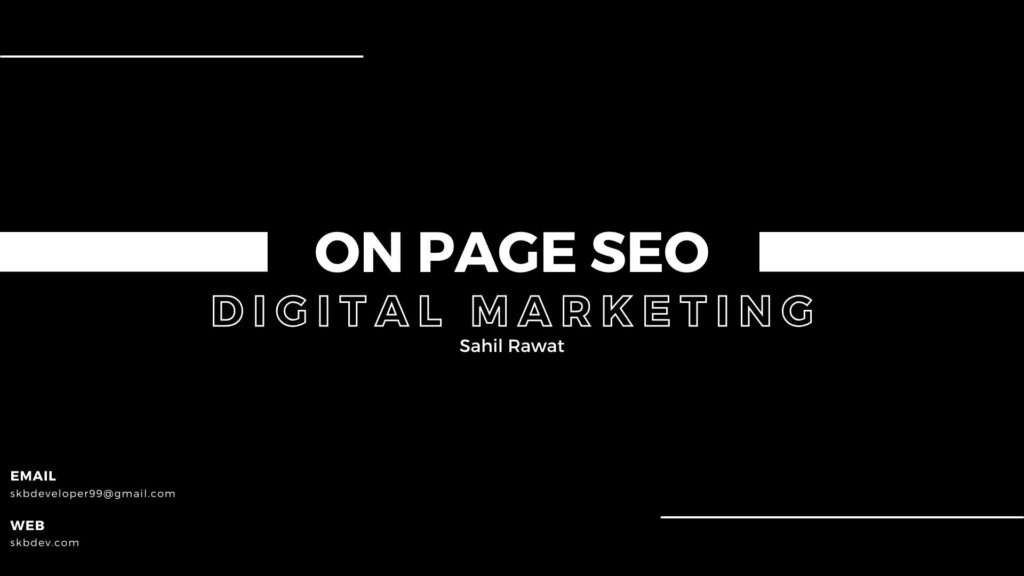



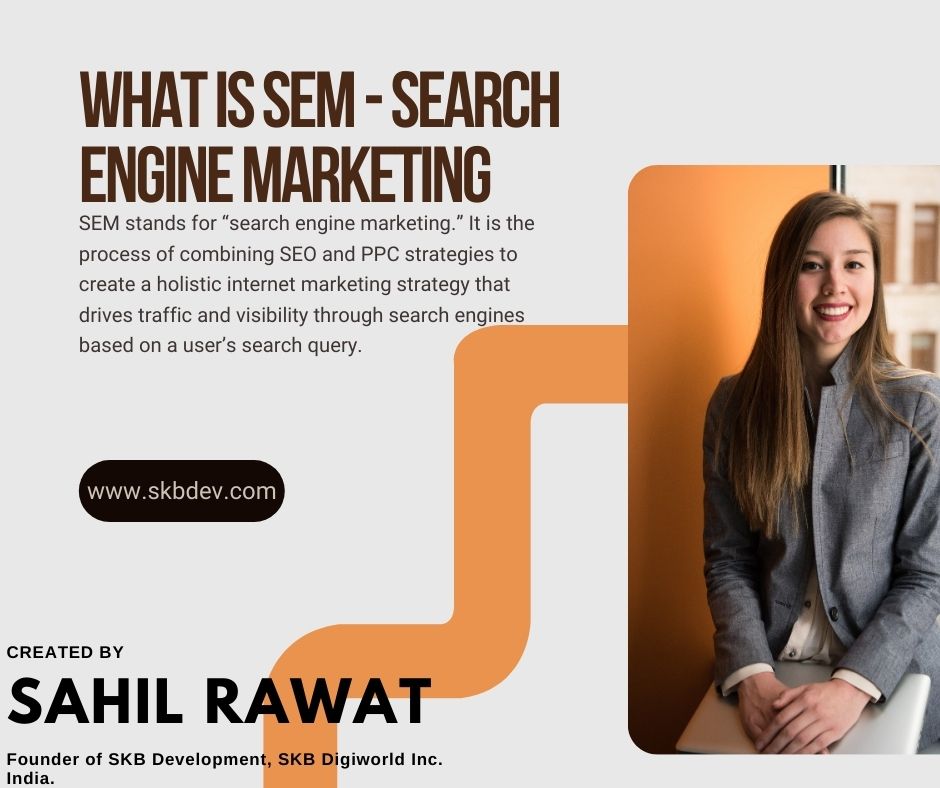

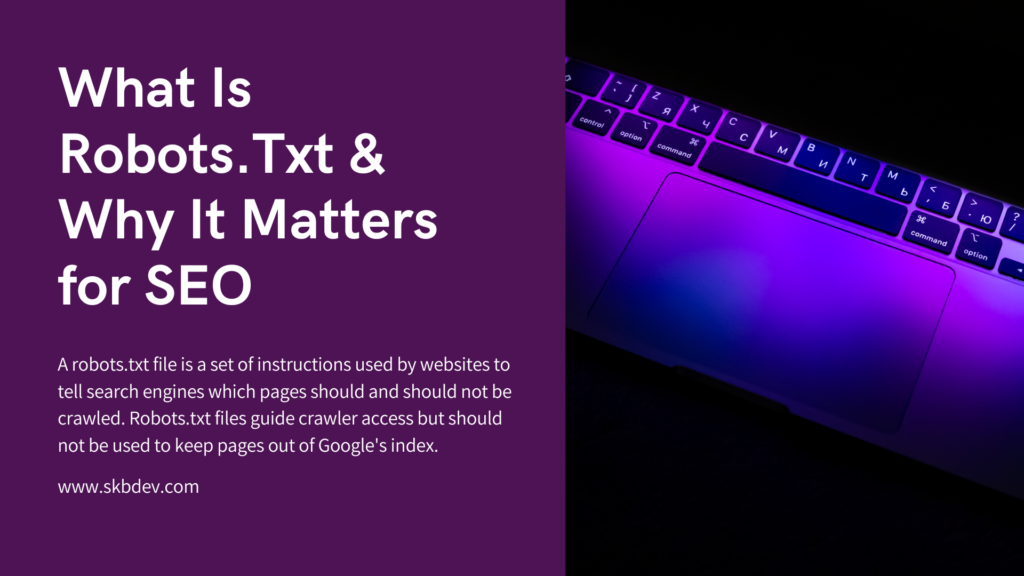

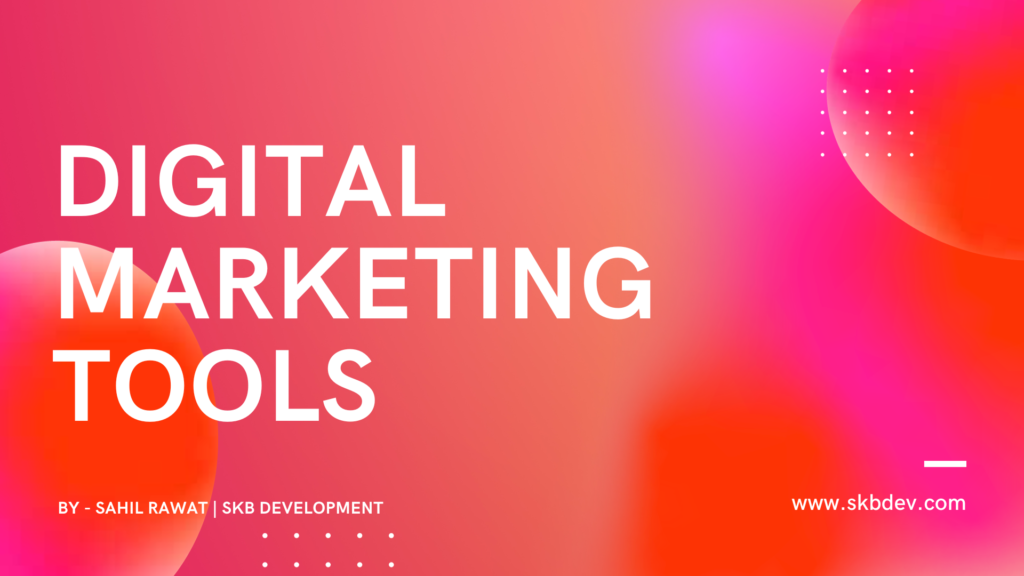
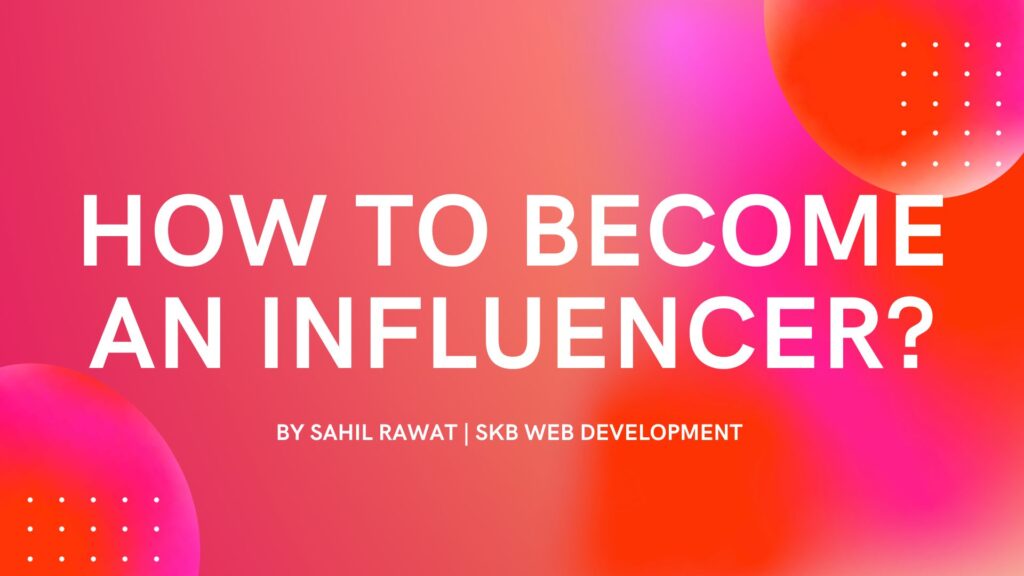
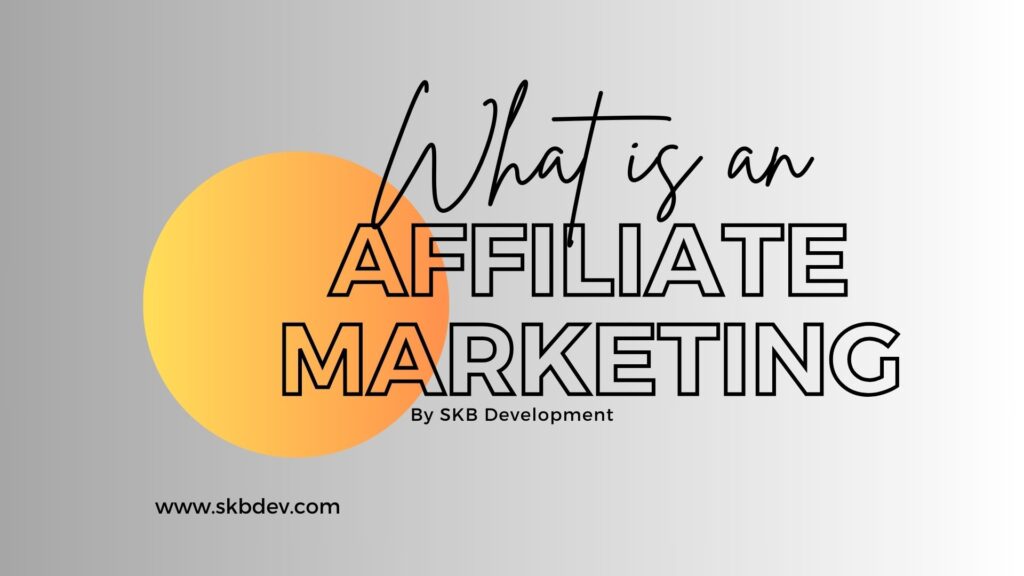
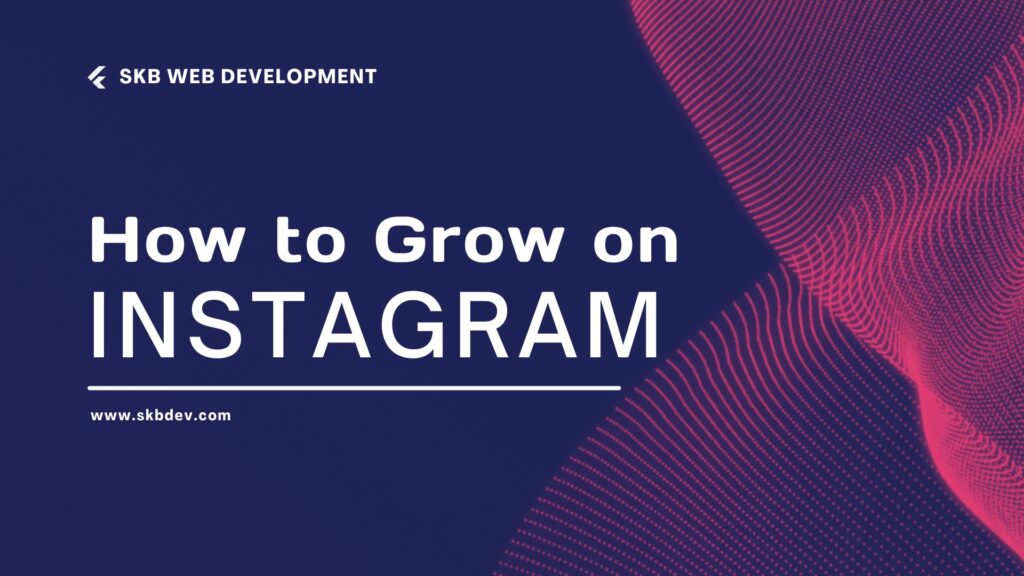



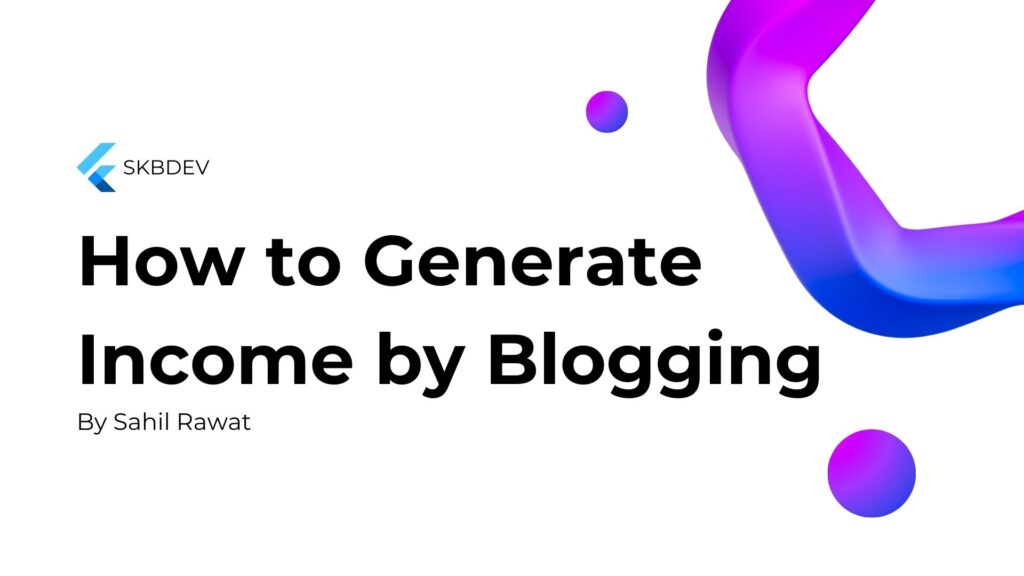
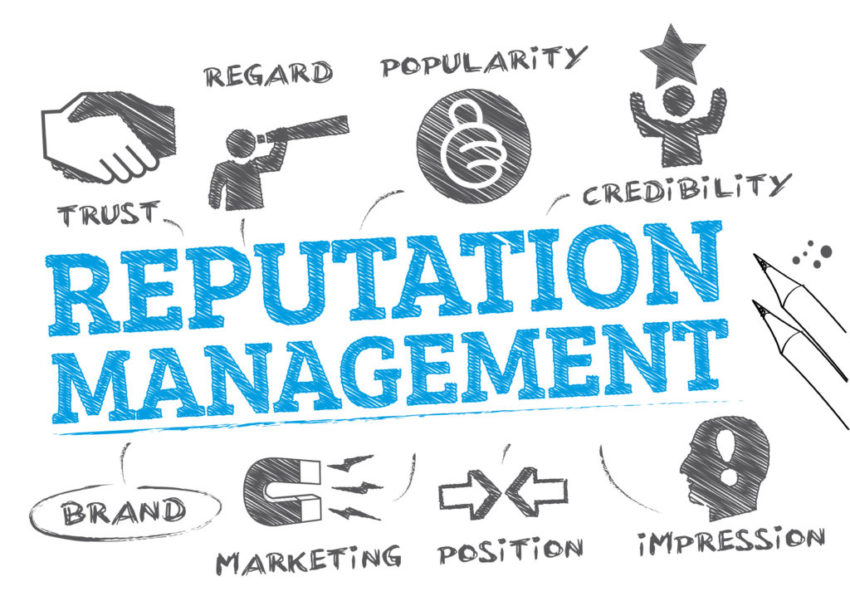
Pingback: What is AI (Artificial Intelligence) - SKB Development
I loved you even more than you’ll say here. The picture is nice and your writing is stylish, but you read it quickly. I think you should give it another chance soon. I’ll likely do that again and again if you keep this walk safe.
hiI like your writing so much share we be in contact more approximately your article on AOL I need a specialist in this area to resolve my problem Maybe that is you Looking ahead to see you
Excellent blog here Also your website loads up very fast What web host are you using Can I get your affiliate link to your host I wish my web site loaded up as quickly as yours lol
I do not even know how I ended up here but I thought this post was great I do not know who you are but certainly youre going to a famous blogger if you are not already Cheers
Magnificent beat I would like to apprentice while you amend your site how can i subscribe for a blog web site The account helped me a acceptable deal I had been a little bit acquainted of this your broadcast offered bright clear idea
I loved as much as youll receive carried out right here The sketch is attractive your authored material stylish nonetheless you command get bought an nervousness over that you wish be delivering the following unwell unquestionably come more formerly again as exactly the same nearly a lot often inside case you shield this hike
I really liked this article. It’s concise, and to the point. It’s a very good article for anyone who’s just getting started in SEO. This article introduces you to SEO without overwhelming you. Thank you for writing this article
Usually I do not read article on blogs however I would like to say that this writeup very compelled me to take a look at and do so Your writing taste has been amazed me Thanks quite nice post
What a fantastic blog layout! For what duration have you been blogging? You make it look so easy. Both the general design and substance of your website are excellent.
I’m often to blogging and i really appreciate your content. The article has actually peaks my interest. I’m going to bookmark your web site and maintain checking for brand spanking new information.
Fantastic site A lot of helpful info here Im sending it to some buddies ans additionally sharing in delicious And naturally thanks on your sweat
Hello, I thought you had looked at my blog, so I came back to say hello. Since I’m trying to improve my website, I suppose I can use some of your advice.
What i do not understood is in truth how you are not actually a lot more smartlyliked than you may be now You are very intelligent You realize therefore significantly in the case of this topic produced me individually imagine it from numerous numerous angles Its like men and women dont seem to be fascinated until it is one thing to do with Woman gaga Your own stuffs nice All the time care for it up
Your blog has been a valuable resource for email marketing best practices.
La sección sobre las mejores prácticas de email marketing fue muy informativa.
I have been surfing online greater than three hours today, yet I never found any interesting article like yours. It’s beautiful price sufficient for me. Personally, if all site owners and bloggers made excellent content material as you probably did, the net will be a lot more useful than ever before. “Learn to see in another’s calamity the ills which you should avoid.” by Publilius Syrus.
The comprehensive guide on SMTP relay was very helpful.
Hi Neat post Theres an issue together with your web site in internet explorer may test this IE still is the marketplace chief and a good component of people will pass over your fantastic writing due to this problem
Utilize platforms dedicated to web 2.0 submissions for expanding your online presence.
I loved as much as youll receive carried out right here The sketch is tasteful your authored material stylish nonetheless you command get bought an nervousness over that you wish be delivering the following unwell unquestionably come more formerly again since exactly the same nearly a lot often inside case you shield this hike
Its like you read my mind You appear to know so much about this like you wrote the book in it or something I think that you can do with a few pics to drive the message home a little bit but other than that this is fantastic blog A great read Ill certainly be back
Hi my family member I want to say that this post is awesome nice written and come with approximately all significant infos I would like to peer extra posts like this
I simply could not go away your web site prior to suggesting that I really enjoyed the standard info a person supply on your guests Is going to be back incessantly to investigate crosscheck new posts
Hello i think that i saw you visited my weblog so i came to Return the favore Im trying to find things to improve my web siteI suppose its ok to use some of your ideas
My brother suggested I might like this blog He was totally right This post actually made my day You can not imagine simply how much time I had spent for this info Thanks
Temp mail Great information shared.. really enjoyed reading this post thank you author for sharing this post .. appreciated
Real Estate I just like the helpful information you provide in your articles
Techno rozen I do not even understand how I ended up here, but I assumed this publish used to be great
Real Estate You’re so awesome! I don’t believe I have read a single thing like that before. So great to find someone with some original thoughts on this topic. Really.. thank you for starting this up. This website is something that is needed on the internet, someone with a little originality!
Real Estate You’re so awesome! I don’t believe I have read a single thing like that before. So great to find someone with some original thoughts on this topic. Really.. thank you for starting this up. This website is something that is needed on the internet, someone with a little originality!
Hi, I’m Jack. Your website has become my go-to destination for expert advice and knowledge. Keep up the fantastic work!
allegheny county real estate I’m often to blogging and i really appreciate your content. The article has actually peaks my interest. I’m going to bookmark your web site and maintain checking for brand spanking new information.
allegheny county real estate I am truly thankful to the owner of this web site who has shared this fantastic piece of writing at at this place.
Insanont Nice post. I learn something totally new and challenging on websites
GlobalBllog Pretty! This has been a really wonderful post. Many thanks for providing these details.
Fran Candelera There is definately a lot to find out about this subject. I like all the points you made
Thinker Pedia I’m often to blogging and i really appreciate your content. The article has actually peaks my interest. I’m going to bookmark your web site and maintain checking for brand spanking new information.
The quality of your work here is outstanding. The design and writing style are both impressive. There’s a unique flair in your approach, and I’ll definitely return to see what else you have to offer.
Thanks for sharing such useful information! I’ve been searching for insights on this topic, and your post is by far the best I’ve found. Looking forward to seeing more from you.
Houzzmagazine Great information shared.. really enjoyed reading this post thank you author for sharing this post .. appreciated
Blue Techker Great information shared.. really enjoyed reading this post thank you author for sharing this post .. appreciated
Revolutionize your weighing needs with BWER, Iraq’s top provider of weighbridge systems, featuring unparalleled accuracy, durability, and expert installation services.
FlixHQ Very nicely delivered. Every quote was brilliant, and thank you for providing this content. Keep sharing and motivating others.